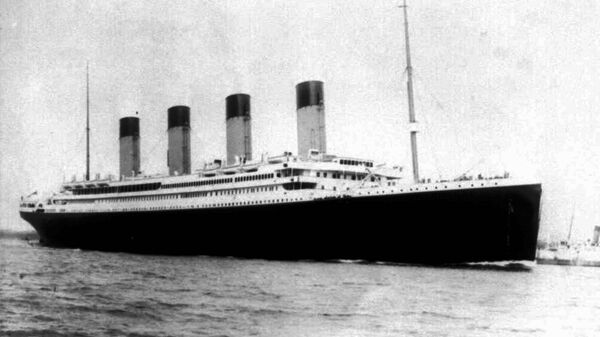"The Navy is finally discussing it," Robert Ballard, an oceanographer and US Navy commander who found the wreck of the Titanic passenger liner in 1985, told National Geographic.
Until today, the exact story of how the RMS Titanic was discovered was classified. That's because it involved not one, but two sunken nuclear submarines — the USS Thresher, which sank in 1963, and the USS Scorpion, which sank in 1968 — that were unfortunate enough to sink in a relatively short distance from each other.
In 1985, the US Navy commissioned Ballard, who was also a commander in the Navy, to explore the subs using a robotic submersible that Ballard had advocated for years to be used for just this mission.
Ballard met with Ronald Thunman, who was then the Deputy Chief of Naval Operations for submarine warfare, and asked for permission to search for the Titanic as a part of the mission.
"I suggested that because the Titanic was between the Thresher and Scorpion, maybe tell the world I am looking for the Titanic," Ballard told National Geographic.
"[Thunman] thought I was crazy, but he said ‘if you do your mission, I don't care what you do with the rest of your time,'" Ballard noted.
Crazed about finding the great shipwreck, Ballard said he pored over every detail of what he knew about the Titanic, such as where people thought the ship sank and where the lifeboats were found.
"I knew it wasn't where everyone said it was," he said.
Ballard believed that the ship left a trail of debris as it slowly broke into parts and submerged, so he proposed to follow the debris trail to the wreck.
"I thought maybe I should not look for the Titanic, but calculate its debris field," he said. "Sort of like if I wanted to photograph a deer hiding in the winter, I'd look for its footprints and follow its footsteps."
And successful he was. At 2 a.m. on September 1, 1985, the submersible robot began delivering images of the wrecked ocean liner, once boasted to be "unsinkable."
"We were at the very spot the Titanic sank," Ballard said in an interview. "We were there." Of course, the Navy hadn't expected Ballard to find the Titanic, so when that happened, "they got really nervous because of the publicity," Ballard says.
The RMS Titanic sank off the coast of Newfoundland on April 15, 1912, after striking an iceberg. Roughly 1,500 people perished in the icy cold waters as the ship broke apart.




